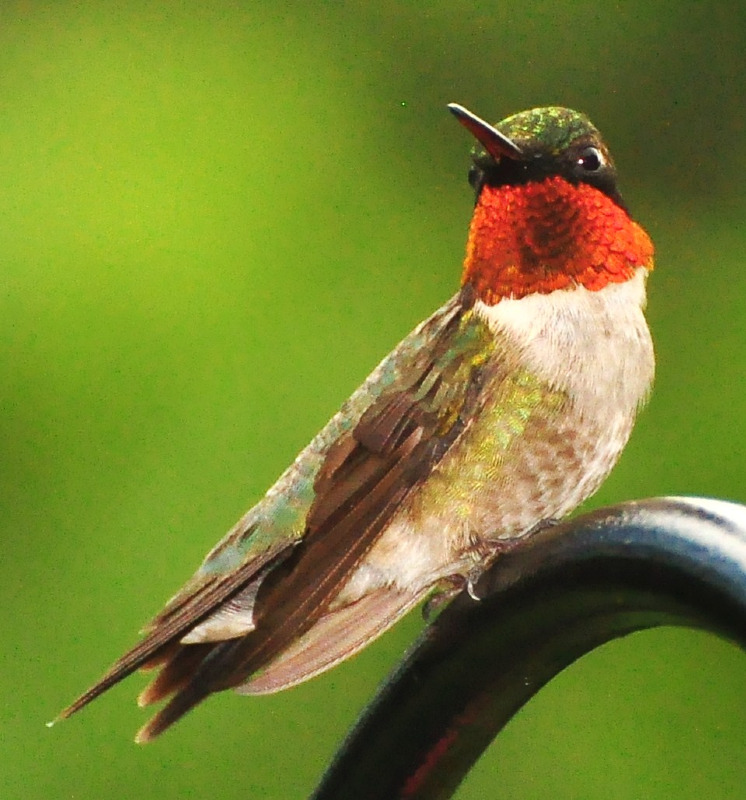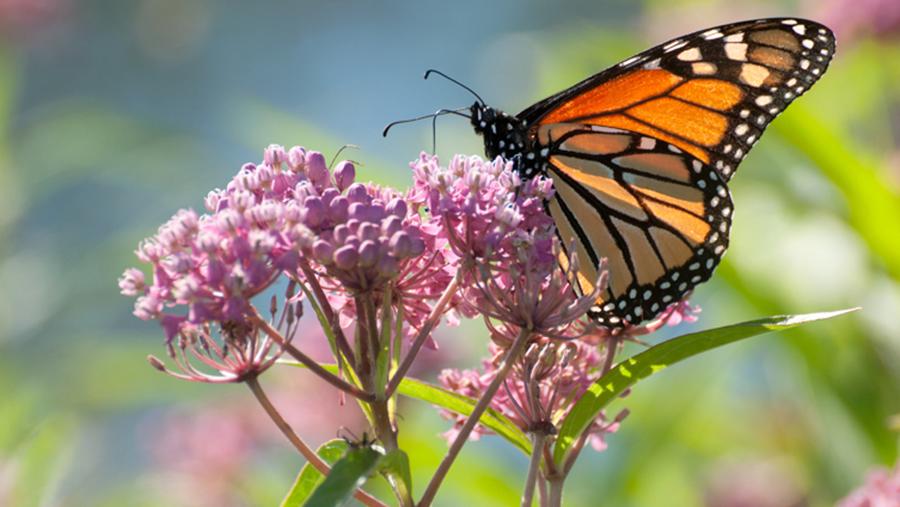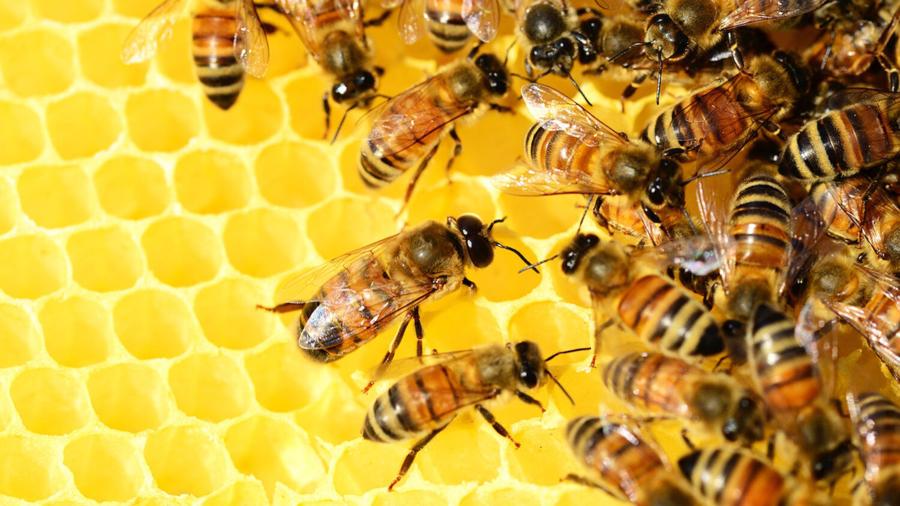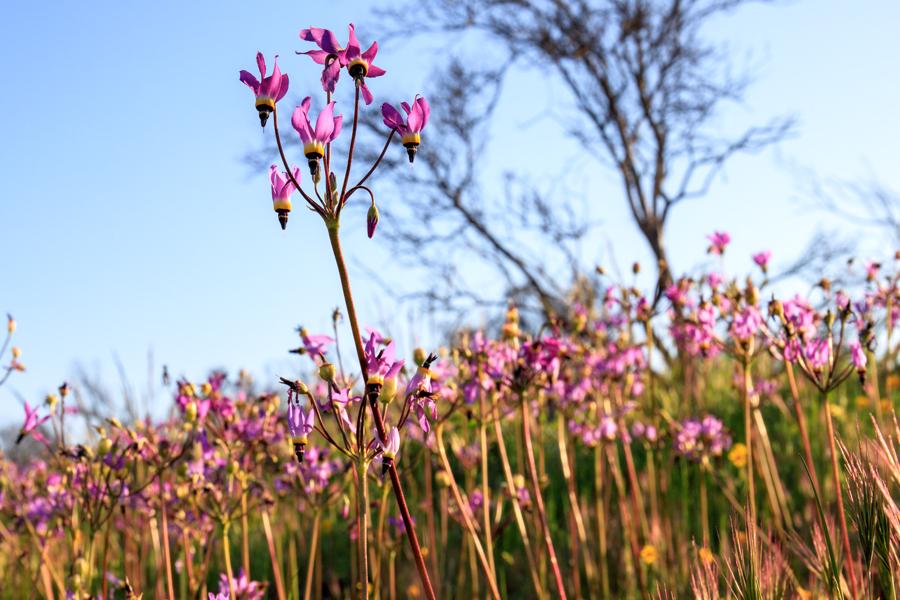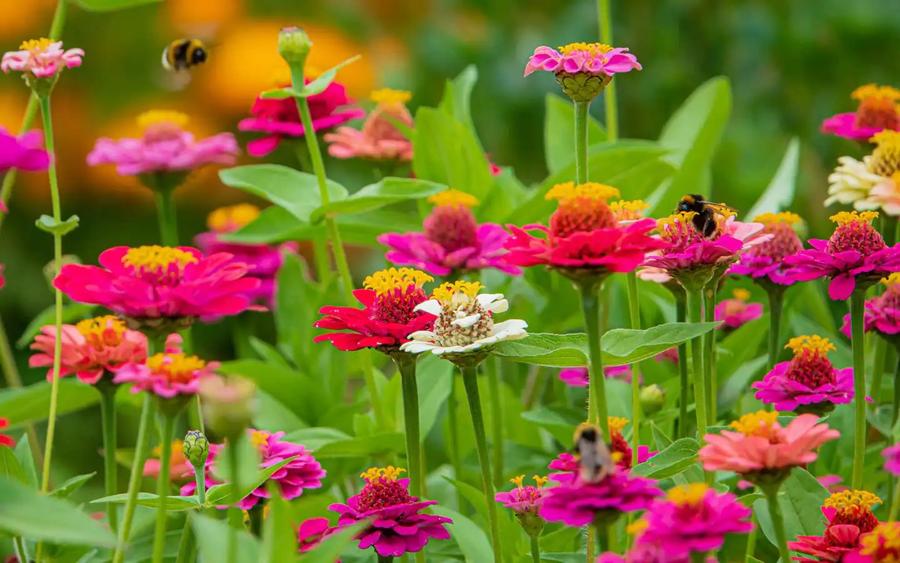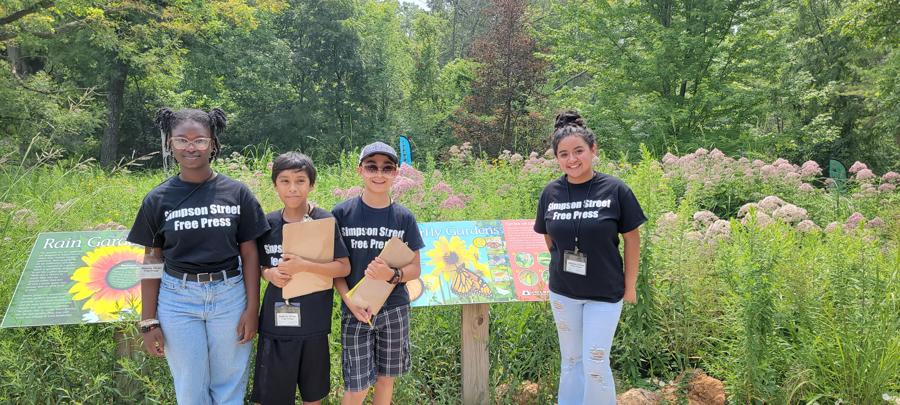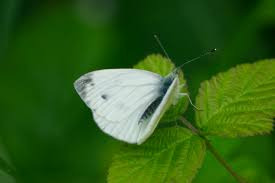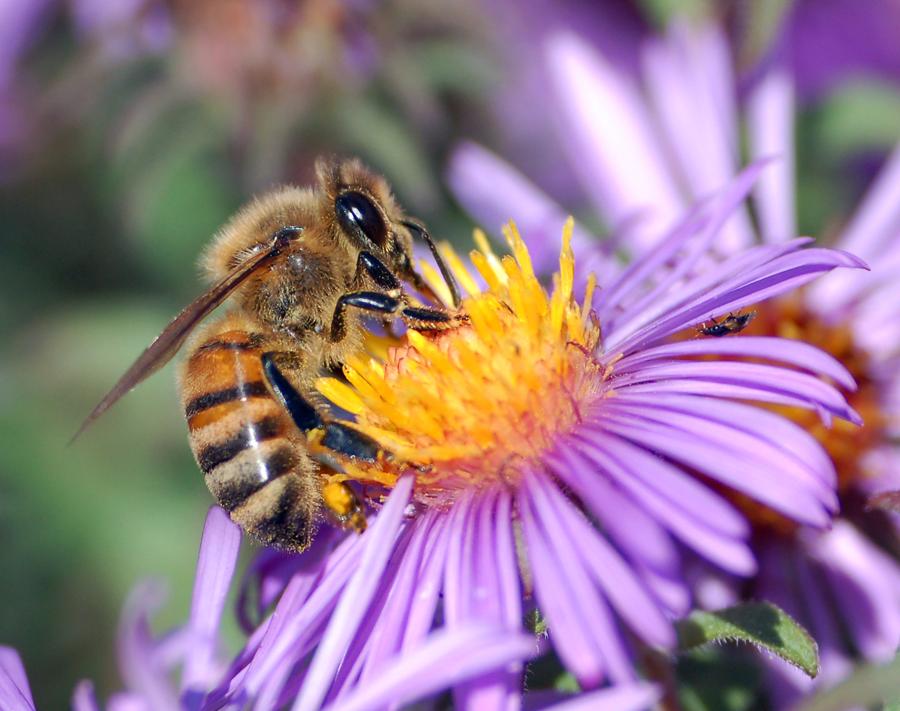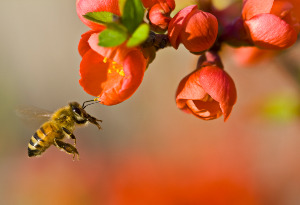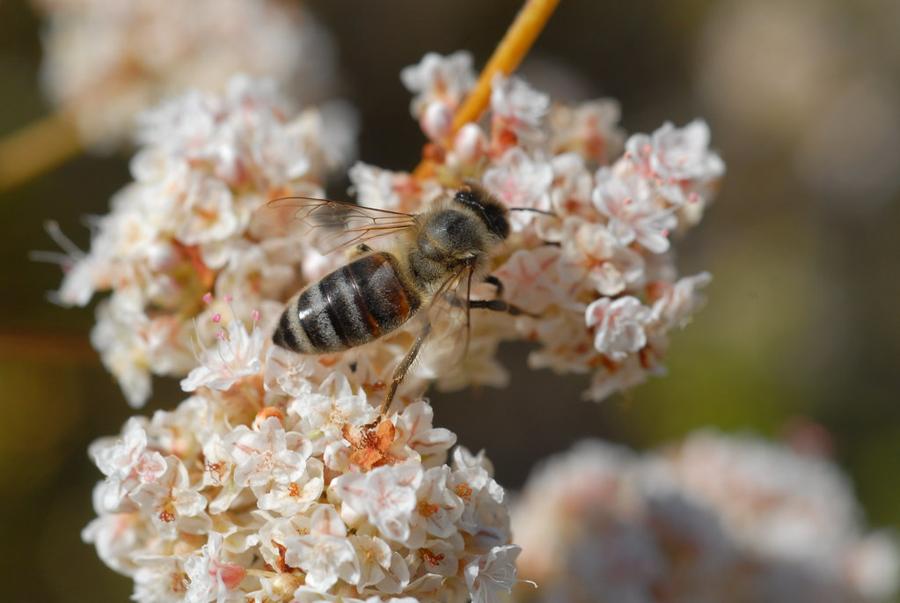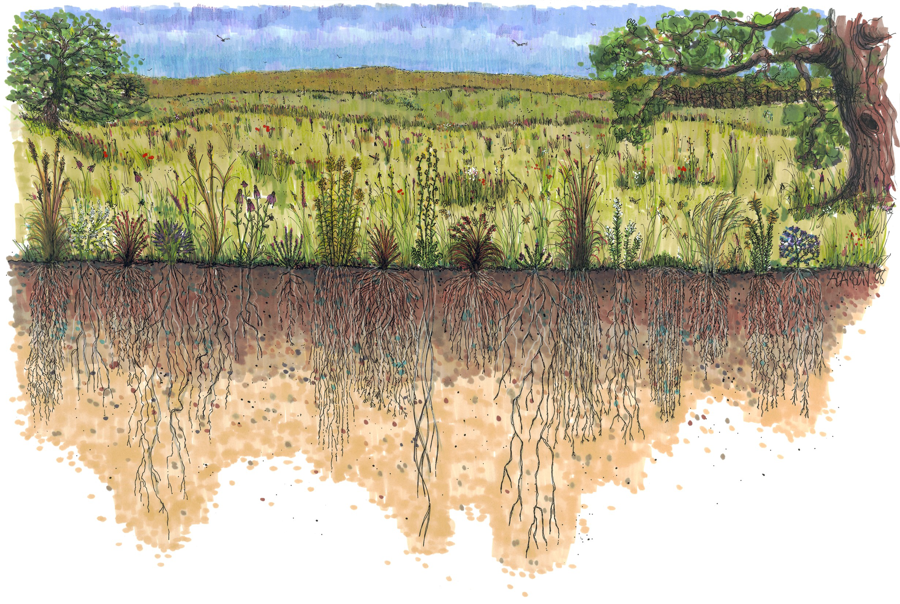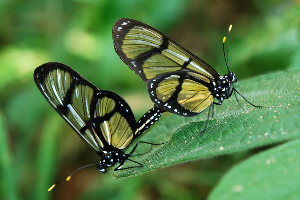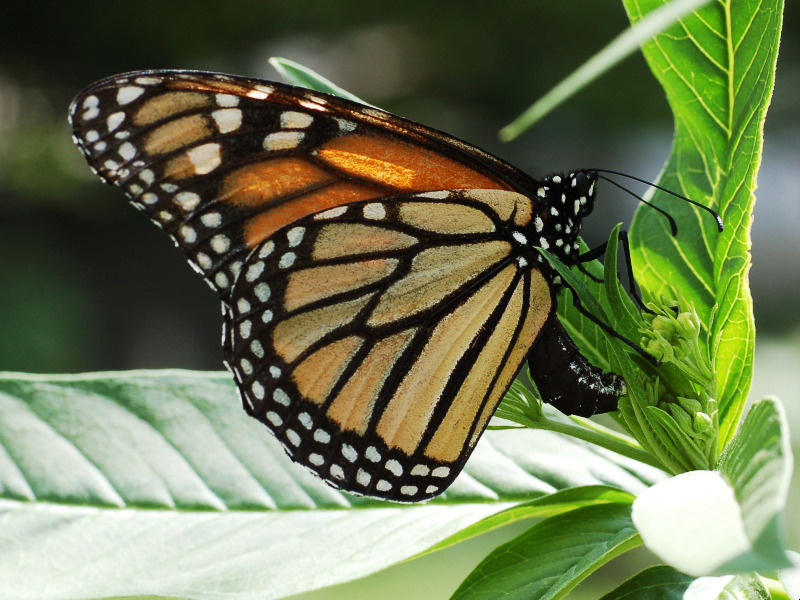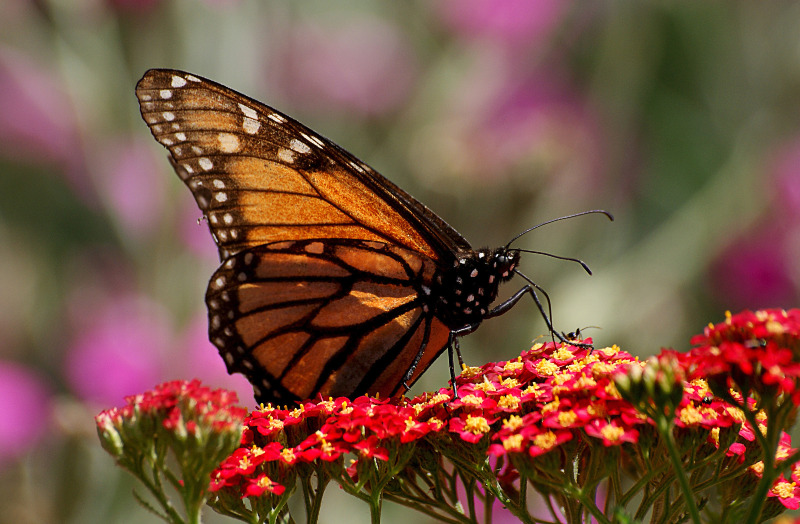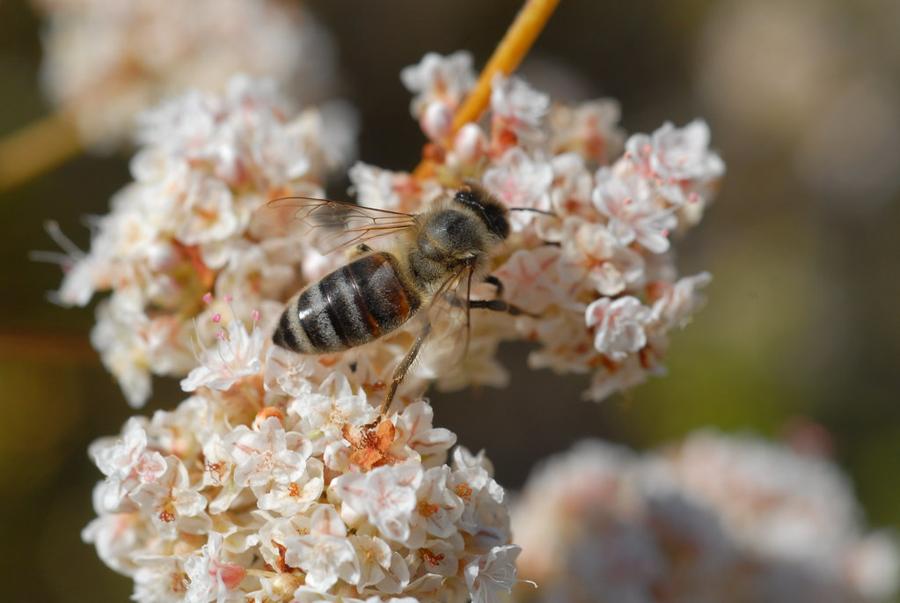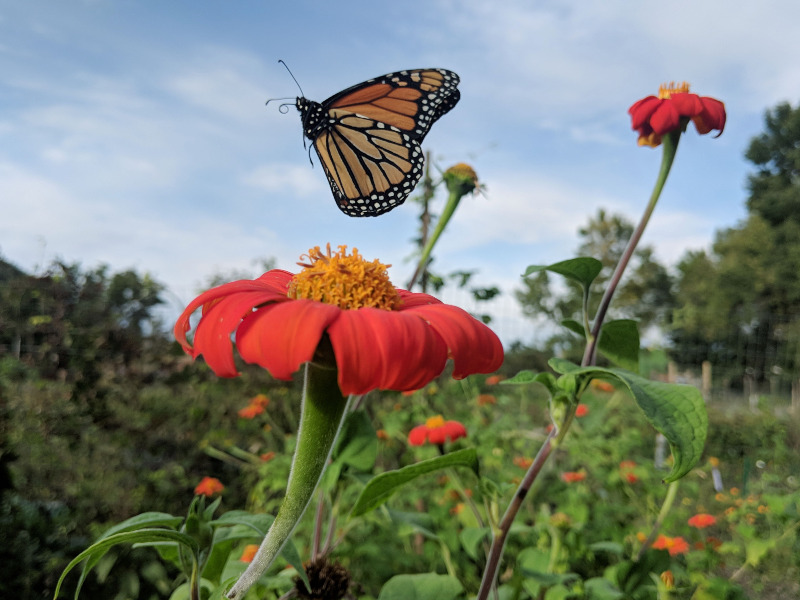Three Wisconsin Birds that Weigh Less than an Ounce
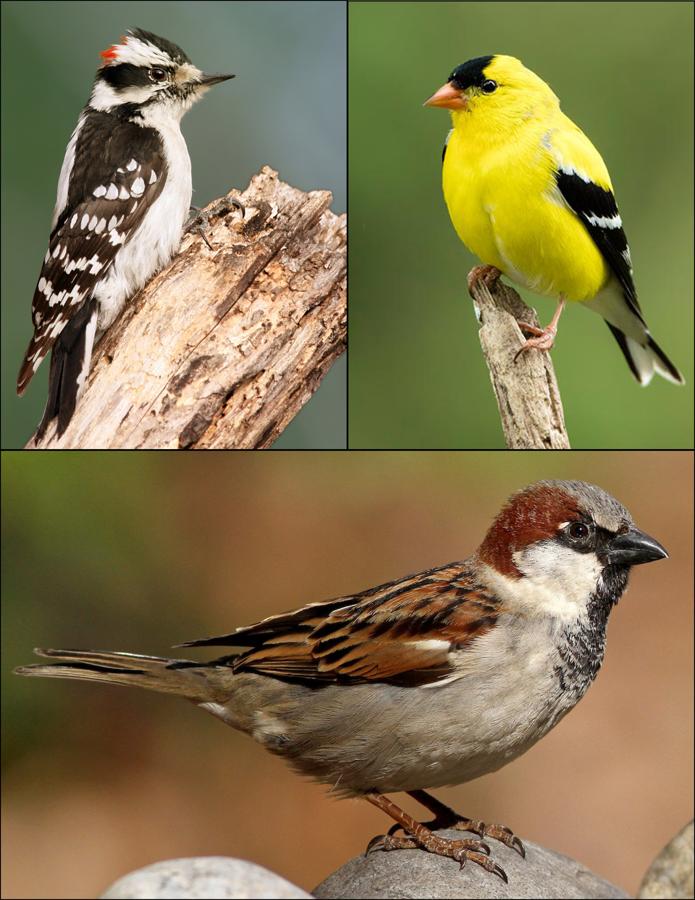
by Joseph Zheng, age 10
Wisconsin's smallest birds can weigh less than a pencil. The Downy woodpecker, American goldfinch, and house sparrow are all examples of small birds commonly found in the state.
The Downy woodpecker is 11 to 14 centimeters long and typically weighs around 20 grams. These woodpeckers are frequently seen at bird feeders, where they enjoy suet, sunflower seeds, peanuts, and even peanut butter. Downy woodpeckers are also fond of drinking sugar water. They produce high-pitched calls that are easy to recognize, along with rapid drumming sounds created by tapping their feet during mating displays, which can sound continuous due to their speed.
The American goldfinch, another small bird, is 11 to 14 centimeters long and weighs 11 to 20 grams. These bright yellow birds are common in Wisconsin and are attracted to sunflower and Nyjer seeds. However, they are often intimidated by larger birds and prefer quiet spaces to feed. Goldfinches are strict vegetarians, feeding mainly on seeds—a rarity among birds, as most feed on insects. To ensure their young have enough to eat, goldfinches breed a month later than other birds. Their call is often described as sounding like the words "potato chip" stretched out. [Read More]

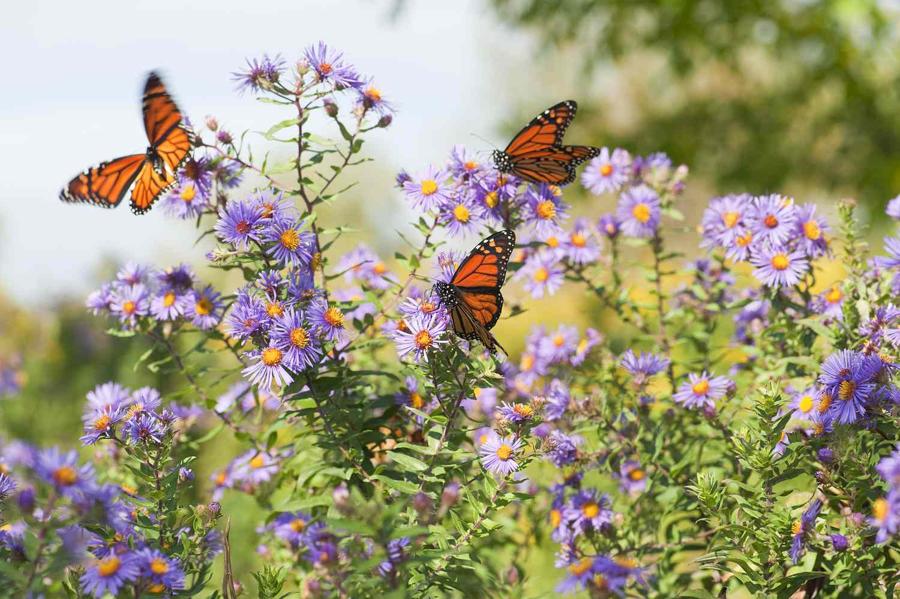
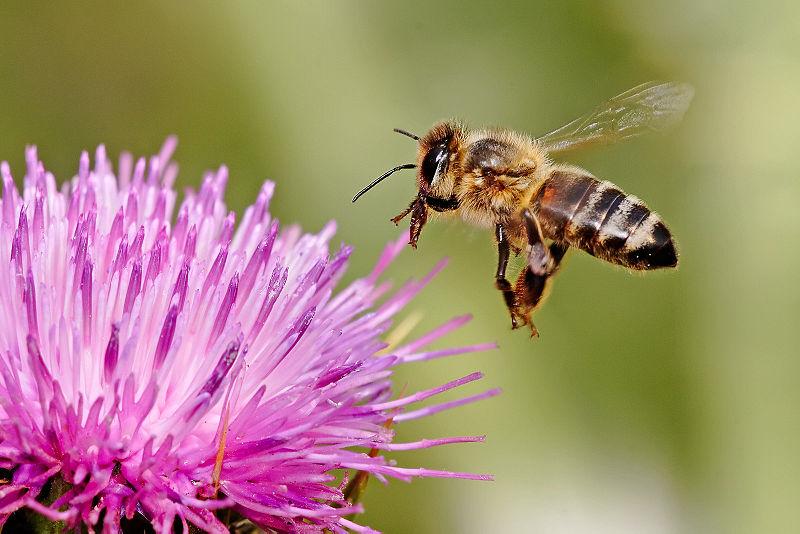
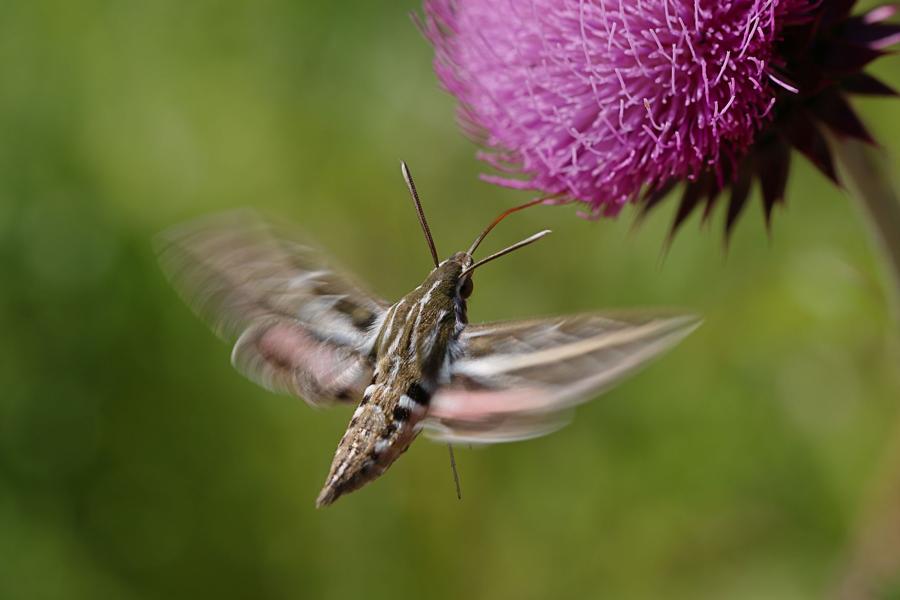
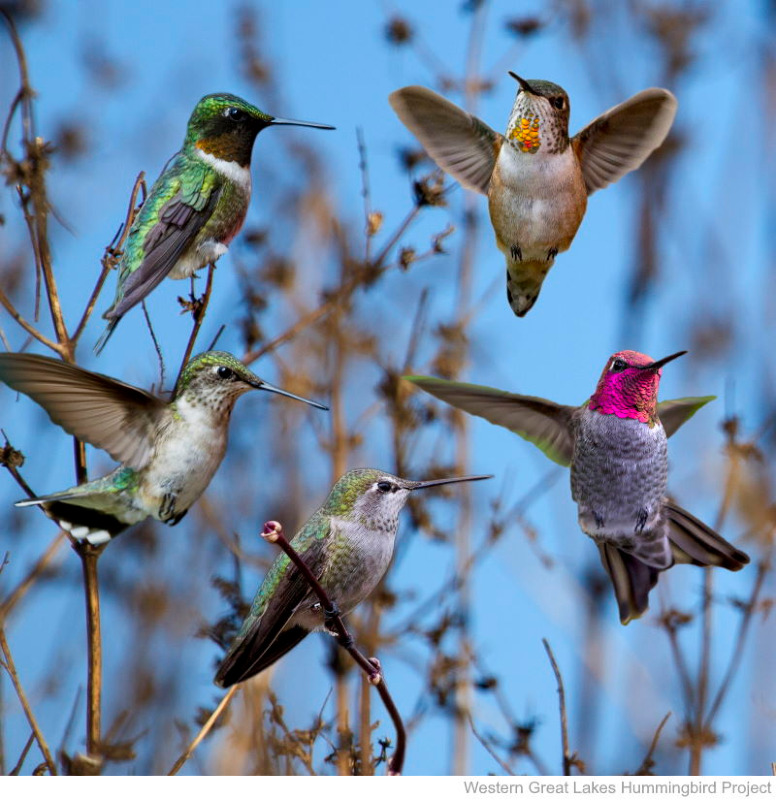
.jpg)
